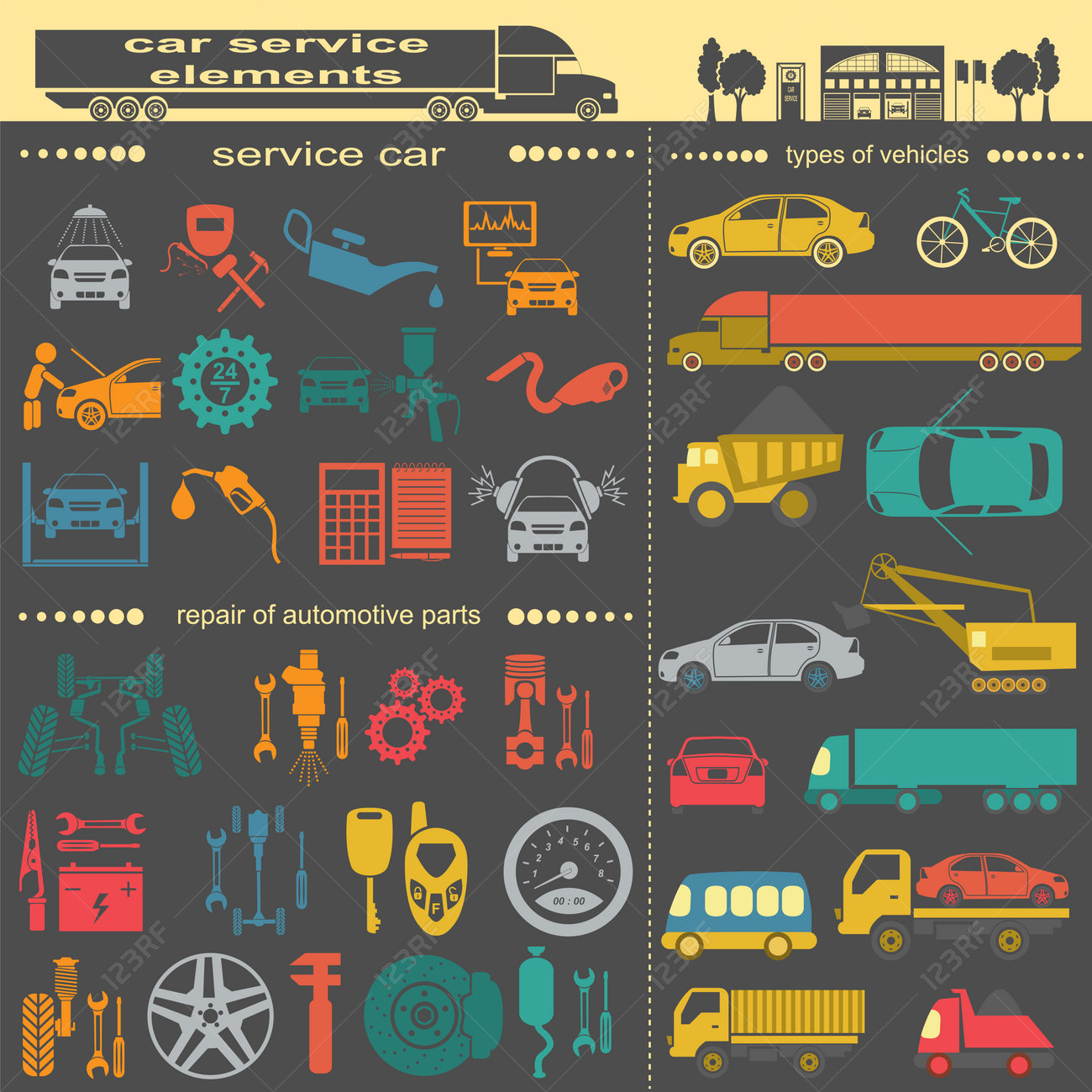Analyzing Your Vehicle'S Alert Lights: Their True Implications
Analyzing Your Vehicle'S Alert Lights: Their True Implications
Blog Article
Post Created By-Higgins Kejser
When you're behind the wheel, those glowing caution lights on your control panel can be a bit perplexing. Do you know what they're trying to tell you concerning your vehicle's health? Comprehending the significance of these lights is important for your safety and the longevity of your automobile. So, the following time among those lights appears, wouldn't you intend to analyze its message properly and take the required steps to address it?
Common Caution Lights and Interpretations
Identify usual warning lights in your automobile and understand their significances to make sure risk-free driving.
The most typical warning lights include the check engine light, which signals concerns with the engine or emissions system. If this light comes on, it's vital to have your car checked quickly.
The oil pressure advising light shows reduced oil pressure, needing instant interest to stop engine damage.
mercedes detailing flashing battery light could suggest a malfunctioning charging system, possibly leaving you stranded otherwise resolved.
The tire stress monitoring system (TPMS) light signals you to reduced tire stress, impacting lorry security and fuel performance. Neglecting deep car cleaning services might result in hazardous driving problems.
The abdominal muscle light indicates an issue with the anti-lock braking system, compromising your capacity to quit quickly in emergencies.
Last but not least, the coolant temperature level cautioning light warns of engine overheating, which can result in serious damage otherwise settled promptly.
Recognizing these typical warning lights will assist you resolve problems promptly and preserve safe driving conditions.
Importance of Prompt Attention
Comprehending the usual caution lights in your automobile is only the initial step; the value of without delay addressing these cautions can not be stressed enough to guarantee your safety when traveling.
When a caution light brightens on your control panel, it's your vehicle's means of communicating a potential problem that requires focus. Overlooking these warnings can cause a lot more serious issues down the road, endangering your safety and security and potentially costing you much more out of commission.
Prompt focus to warning lights can avoid break downs and mishaps. As an example, a blinking check engine light can indicate a misfire that, if left ignored, might create damages to the catalytic converter. Addressing this without delay can conserve you from an expensive fixing.
In a similar way, a brake system alerting light may signal low brake liquid or used brake pads, crucial components for your safety when driving.
Do It Yourself Troubleshooting Tips
If you observe a warning light on your control panel, there are a couple of DIY troubleshooting ideas you can try before seeking expert help.
The primary step is to consult your automobile's manual to comprehend what the particular warning light indicates. Often the problem can be as basic as a loose gas cap causing the check engine light. Tightening the gas cap might fix the trouble.
https://audi-oil-change84951.eedblog.com/30358893/observe-the-transformative-fads-shaping-the-future-of-automobile-repair-work-from-electric-vehicles-to-ai-integration-that-will-certainly-transform-the-market is a low battery, which can cause various warning lights. Examining the battery connections for rust and guaranteeing they're safe and secure might repair the trouble.
If a warning light lingers, you can attempt resetting it by separating the vehicle's battery for a couple of minutes and afterwards reconnecting it. Additionally, checking your automobile's liquid levels, such as oil, coolant, and brake liquid, can aid troubleshoot advising lights associated with these systems.
Conclusion
In conclusion, understanding your cars and truck's warning lights is necessary for keeping your vehicle running smoothly and securely. By without delay attending to these informs and knowing what they suggest, you can avoid pricey repairs and potential failures.
Bear in mind to consult your cars and truck's handbook for specific details on each alerting light and take action as necessary to ensure a hassle-free driving experience.
Stay educated, remain risk-free on the road!
